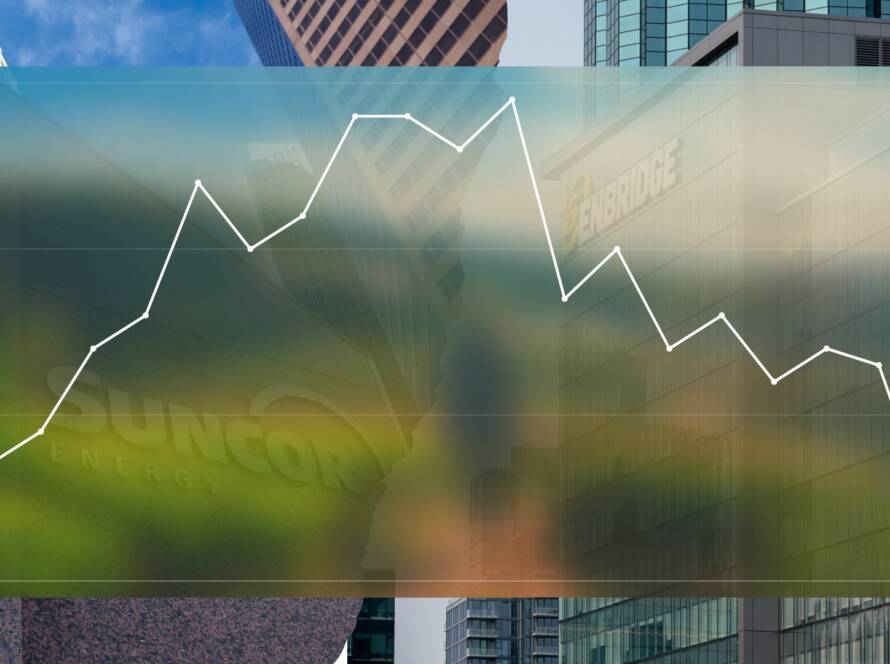There are many metaphors helpful to describing how “sustainable finance” as practiced by the Canadian banks falls short of lofty claims. One is that it’s comparable to a placebo at a time when we need real medicine. Or a hamster wheel, churning away with lots of activity while going no place fast.
This is because the banks provide little to no disclosure of impact, or proof of the “sustainable” part of the label, which has led to widespread perceptions of greenwashing. That’s why we filed a securities complaint early this year, to ask regulators to better police the claims that banks are making about this business segment.
RBC then & now
Our first ever shareholder proposal was at RBC regarding a “sustainable finance” deal the bank did with Enbridge, providing general corporate financing to the company at a time when it was dramatically expanding oil delivery in the face of significant Indigenous opposition. There are several more examples of egregious “sustainable finance” deals by all the Canadian banks outlined in our securities complaint, demonstrating the systemic nature of the problem.
But RBC just took a knife to sustainable finance in its latest climate report, slicing it up by making more specific green financing commitments to renewable, low-carbon energy lending, and climate solutions investing. These should all be more verifiable in terms of impact, thereby rendering the mushy “sustainable finance” label less relevant, and perhaps worthy of retirement.
Chief among these new commitments is $15 billion towards renewable energy lending by 2030. This is relatively easy to track, verify, and measure impact in the world in terms of kilowatt hours. Whether this number is big enough, however still requires debate. Nevertheless, the specificity of earmarking a number for renewables is helpful.
Direct investing
RBC also commits $1 billion towards the development and scaling of “innovative climate solutions,” which is distinct in that this is an investment fund rather than corporate lending, similar to BMO’s $300 million Impact Investment Fund.
Even though this is a smaller number relative to RBC’s other commitments, the fact that this is an equity play makes it potentially more impactful since the banks are in a stronger position as investors, different to their more subservient role to lending clients where they are scared of jeopardizing relationships – and the profits derived from them – by pressing too hard on climate.
Still needed on this front, however, by RBC and BMO both, are impact metrics quantifying emissions reductions or avoidance to show the solutions are real.
Still problematic “low-carbon energy lending”
RBC also pledged $35 billion towards “low-carbon energy lending.” Here we get into messier definitional issues, particularly when it comes to what the bank describes as “decarbonization” financing that includes carbon capture for oil and gas, a misnomer since most of the carbon is not “de-ized” at all but released at the point of burning.
The bank tries to deal with this discrepancy by saying that clients eligible for its decarbonization financing need to either be aligned with 1.5 degrees or else categorized as at least “Emerging” under its client engagement framework. But, as we’ve written about before, that framework is loose enough to give significantly misaligned clients good scores. To coin another metaphor, it gives everyone who shows up for class a D and makes getting a B pretty easy. It’s only when grading for an A that the necessary evaluation criteria really kick in, which is reflected in RBC’s first reporting on aggregate client progress under the framework, unsurprisingly showing its clients doing pretty well already, meaning that this framework isn’t a strong filter for decarbonization financing.
But, taken together, these new commitments by RBC begin to slice up sustainable finance into more meaningful and measurable pieces that can be better tracked for impact and reported on to investors and the public. This is a positive shift, and one that the other banks need to emulate if claims regarding green financing are to be credible.
The other side of the ledger
Missing, however, are any commitments on the other side of the ledger, to reducing overall exposure to fossil fuels, or even to stopping financing of fossil fuel expansion projects which are fundamentally at odds with a safe climate.
For this reason, it will be interesting to track shareholder interest in the proposal that the NYC Comptroller filed at RBC this season asking the bank to report on its clean energy vs. fossil fuel financing ratio. We already know from BloombergNEF that RBC does not score well on this ratio compared to global peers – but a bit better than TD which placed dead last out of 100 banks measured!
That ratio won’t improve, even with RBC’s new renewables commitment, unless the bank tackles its bad financing alongside its good financing. To close with a final metaphor, there’s no point in trying to fill in the holes you are still deepening. The first law of holes is to stop digging.



